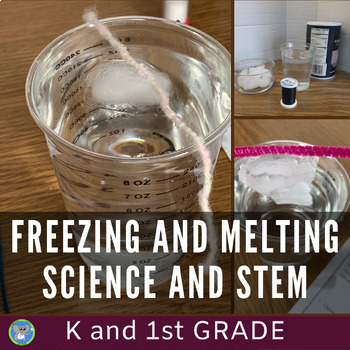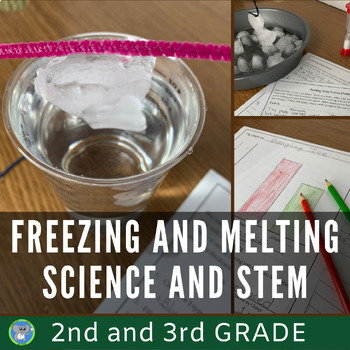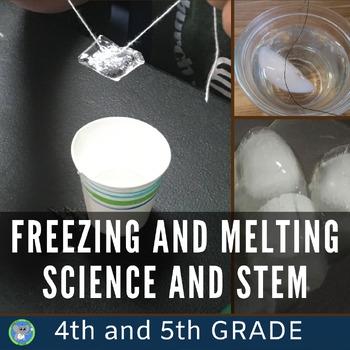Freezing And Melting Points Science Experiment: How Does Salt Affect Ice And Liquid Water?
What is freezing in science? Exploring freezing and melting points is an engaging way to introduce students to the properties of matter and thermodynamics. During the winter, salt is used on roads. Why don't oceans completely freeze over? How does salt make ice cream? The states of matter are all around us, and students will enjoy learning about them with interactive activities.
Video Directions
This is a go-to experiment for so many things.
- It is reliable. Sometimes, you just need to do an experiment that you know will give the kids success.
- Inexpensive with fun results. Chances are you already have the supplies.
- Can expand to all grade levels. Keep it basic for the little ones and expand the vocabulary and concepts with each grade.
- It makes a perfect science fair project. Kids can easily conduct it independently and explain the science at their level.
- Great for teaching the scientific method. You can change the variables in so many different ways.
What You Need
Ice Cube
Cup of water
Piece of string
Salt
That is It!!!!
Procedures
- Fill the cup to the top with water.
- Put one ice cube in the water. It should float.
- Place the center of the string across the ice cube. The ends should be hanging over the cup.
- Sprinkle one pinch of salt onto the string and ice cube.
- Let the string and salt sit on the ice cube for 30 seconds.
- Carefully pick up the ends of the string and try to lift the ice cube.
Salt melts ice, right? Why would the string stick? Isn’t the ice cube melting? Ice begins to melt at 0 degrees Celsius. Salt lowers the freezing point of water. It actually gets colder when you put salt on the ice. A thin layer of the ice melts, the string sinks into the ice, and a thin layer of water re-freezes around the string.
This is why we use salt to make ice cream. The mixture of ice and salt around the container of milk and sugar causes the temperature to drop. When the temperature drops, the mixed milk and sugar begin to become solid. It isn’t magic that we get ice cream; it is all the science of freezing and melting points. Salt will not work on icy sidewalks on very cold winter days because it is too far below the freezing point.
After performing the experiment, we recommend letting the students observe ice cubes with and without salt on them. They will notice the ice cube with salt is melting faster. They should also notice the cracks and indents on the ice cube with salt. Those are the cracks the string sinks into.
We like to make this a full experiment with variables. This will lead to more understanding of the phenomena. Students will have more to discuss in the lab by collecting data. There are so many ways to change this lab to allow for further explanation.
SHOP THIS POST
LEARN MORE

.png)





.png)

